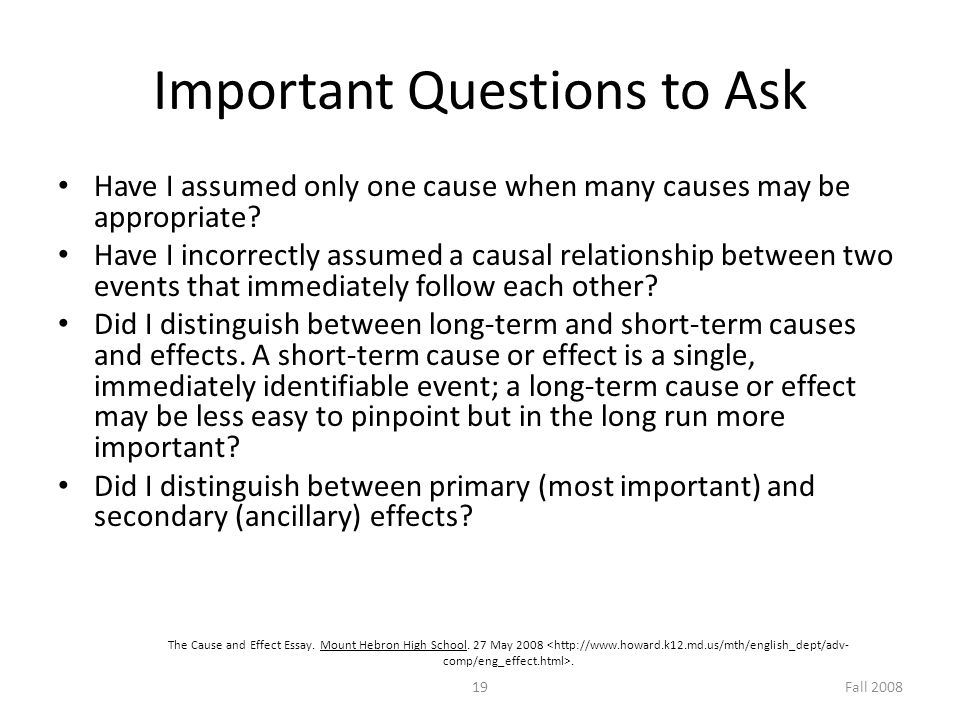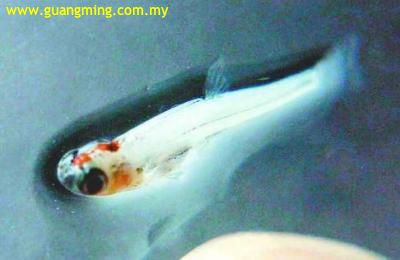Syndromes of the orbital fissure, cavernous sinus.
The majority of cavernous sinus meningiomas arise from the lateral dural wall; rarely, they may arise within the cavernous sinus. A typical meningioma is hypo- to iso-intense to grey matter on all MR imaging sequences and shows intense contrast enhancement and is frequently associated with a dural tail extending from its edge ( Fig. 2 ) (6).Articles. Articles are a collaborative effort to provide a single canonical page on all topics relevant to the practice of radiology. As such, articles are written and edited by countless contributing members over a period of time. A global group of dedicated editors oversee accuracy, consulting with expert advisers, and constantly reviewing additions.Paraneoplastic Dermatomyositis Related to a Chondrosarcoma Involving the Cavernous Sinus The Blind Photographer, Observations on the Bewildering Nature of Feigned Vision Loss Fingolimod Therapy and Macular Hemorrhage.
One patient had a thrombosed cavernous sinus and superior ophthalmic vein in addition to a cavernous sinus soft-tissue mass. The signal intensity of Tolosa-Hunt syndrome in this limited series was similar to that of orbital pseudotumor and is confined to a limited differential diagnosis, which includes meningioma, lymphoma, and sarcoidosis.Time-resolved magnetic resonance angiography (TR MRA) is a promising less invasive technique for the diagnosis of intracranial vascular lesions and hypervascular tumors. Similar to 4-dimensional computed tomographic angiography obtaining high frame rate images, TR MRA utilizes acceleration techniques to acquire sequential arterial and venous.

Blepharospasm is any abnormal contraction or twitch of the eyelid.The condition should be distinguished from the more common, and milder, involuntary quivering of an eyelid, known as myokymia.In most cases, blepharospasm symptoms last for a few days and then disappear without treatment, but in some cases the twitching is chronic and persistent, causing life-long challenges.












